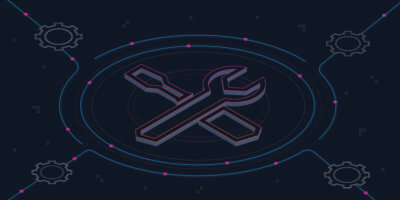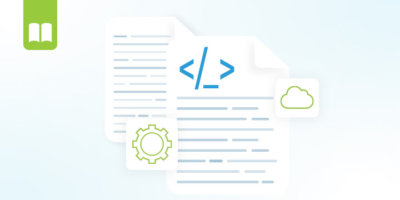Recently, the network automation landscape has changed dramatically. The number of tools and technologies now available to organizations related to automation and orchestration has skyrocketed. Network engineering and operations teams have many options to choose from, including scripting languages, Robotic Process Automation (RPA) tools, automation platforms, and open source tools.
Given all these options, it’s more important than ever for networking professionals to select their tools carefully in order to see the most impact. At Itential, we strongly believe in the “Right Tool – Right Job” approach to automation. On the surface, this may sound simple – but what exactly does that mean, and how does one go about determining which tool or platform is the right one?
Here are some guidelines we recommend to our customers and their teams to consider when selecting the right network automation solution for their business:
Define “The Job”
The first step is to carefully consider what it is that you want to automate before you determine the right solution to use. Here are a few questions to ask:
- What types of systems/elements/devices need to change?
- How many of them need to change and how frequently?
- Do the use cases stay the same or do they change over time?
- What domains are involved in the change (cloud, CLI, policy, service, SD-WAN, etc.)?
- Are the changes part of a larger business process that will be automated or orchestrated?
Identify the Potential Solutions
Once you’ve defined the job, the next step is to identify the potential tools or platforms to complete that job. At minimum, an automation tool or platform under consideration should have the technical capability to perform the changes identified – but given the plethora of options, most teams find that there are typically multiple options available that can perform the job they need.
One other consideration when evaluating an automation solution is determining if you should take a tools or platform approach. At Itential, we firmly believe a platform approach is the best route, which you can read further into in this recent blog.
Once you’ve made that decision, the key questions to keep in mind when considering which solution is right to help achieve your organization’s goals are:
- Was the tool/platform designed with my use cases (or domains) in mind?
- What is the relative complexity of automating my task with this tool/platform versus the others?
A skilled network engineer can automate virtually any task with several tools/platforms, but the relative effort and complexity it takes to automate that task will vary greatly across each, based on the suitability of the solution to perform that specific type of task.
Consider the Costs
The next step is to then consider the costs associated with a tool or platform. Whether it’s a “free” open source platform, or a commercially-provided solution, there are always costs. The first cost to consider, which is usually the one that teams focus on, is the cost to purchase the solution. It’s important to keep in mind that this is usually a one-time cost or a subscription cost, but the hidden costs that most teams don’t think about are as significant (or more significant) than the purchase cost. These hidden costs include the cost of training, the relative costs to develop on a solution (does it require one engineer or a team of developers to maintain?) and the costs to maintain the tools and scripts once they’ve been developed. For example, how much time does it take to change a script or automation once it’s been created?
One frequently overlooked cost is Opportunity Cost – if I choose to invest in a specific solution, are there use cases that I will not be able to automate with this tool? Or are there cases that would take a huge amount of time and energy to automate with this solution that would be easier with a different option?
Think About the Future
Lastly, it’s time to think about the future of your choice. Every solution choice should include some consideration of the future to evaluate whether the solution has the capabilities, scale, and flexibility to be the right choice not only for this specific use case, but other similar use cases in the future so your team is set up for further success.
By applying these guidelines for consideration, the “sweet spot” for any given automation solution can become more clear – meaning there is a set of use cases that the solution can automate more efficiently and effectively than others. By picking the right tool for the job, your teams will become more productive in a shorter amount of time, and your ability to realize the business and technical benefits of automation will increase significantly.
To learn more about how to select the right network automation technology for your business, click here.






